

Brunel Microscopes Ltd
Identify the full range of parasite diseases in Koi Carp and other fish
A specialist section of our web site dedicated to Koi Carp disease identification
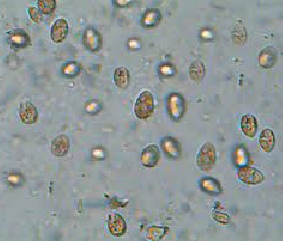
Skin scrape with Costia x400
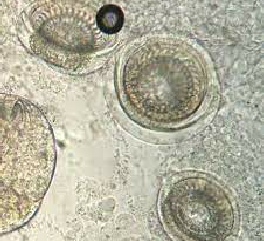
Trichodina x200
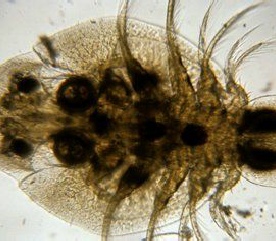
Argulus fish louse x40
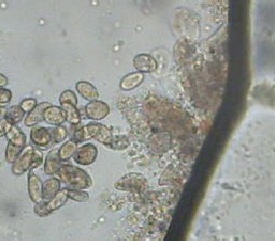
Chilodonella x100
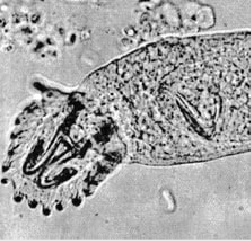
Skin fluke x40
Aquarium and pond fish kept in an artificial environment are particularly prone to parasitic infestations even in the most careful situations. For a mixed population tropical tank this can be devastating and for the Koi carp keeper a nightmare. Good housekeeping is always the starting point, but often the slightest imbalance in any number of factors can result in the almost spontaneous appearance of parasites ranging from the common Ich in the aquarium, to the more serious Costia and Trichodina in Koi carp, not to mention fungus and louse infestations.
There are many proprietary treatments readily available, but the difficulty remains in positively identifying the problem -
Each set consists of a microscope and a diagnostic disease kit. In order to simplify the choice of appropriate microscope from our range of high power instruments we are recommending the Brunel SP21 as a budget priced instrument and the SP35 as a more sophisticated and therefor more expensive option. Either are well able to identify the full range of parasite based diseases that can afflict fish. There are of course even more sophisticated instruments for those that like the best available even though the cheaper options will do the job. In addition we have a range of accessories that are make the whole thing much easier.

Beginners Tip
To see the parasites that can infest fish a magnification of upto x400 is ample. The overall magnification of a microscope is the power of the eyepiece (the bit you look down) which is usually x10 multiplied by the power of the objective (there will be 3 or 4 of those on the rotating turret) typically x4, x10, x20 and x40. This would give a magnification range of x40 to x400 which is more than enough. Some microscopes have a x100 objective which would give x1000 magnification overall. This is way too much and would be like trying to study the white cliffs of Dover from 6 inches away! Not only that but these objectives have to be used with immersion oil which is very messy if not impossible with fish skin scrapes. Such a high magnification would only be used for bacteria but these cannot be identified by their shape alone and would need to be grown into colonies on culture media which is dangerous outside of a laboratory. Light microscopes cannot see viruses.

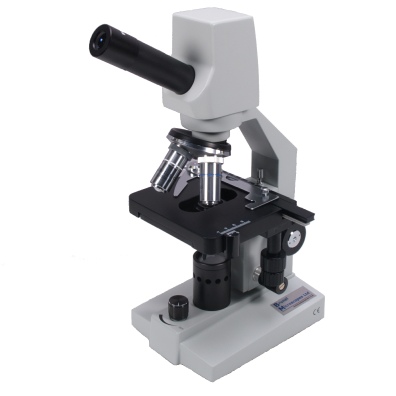
Brunel SP22 Digital
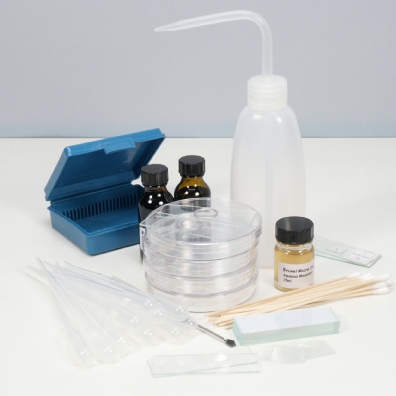
Diagnostic Fish Kit
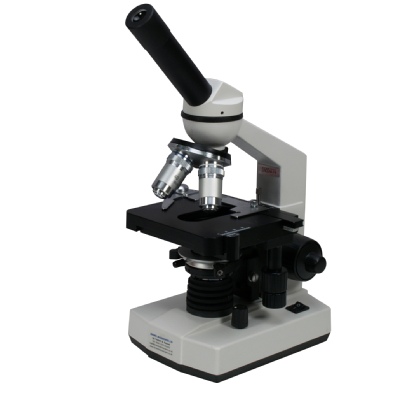
Brunel SP21
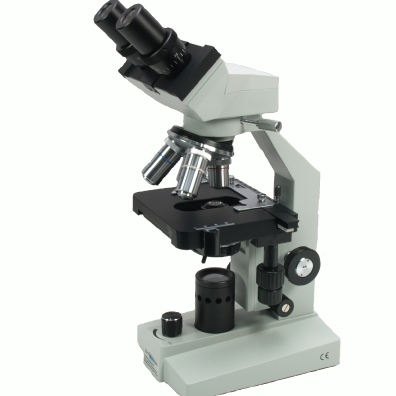
Brunel SP35
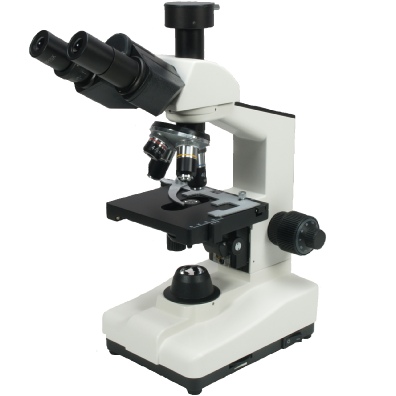
Brunel SP52


About us
Brunel Microscopes Ltd was established in 1986 and is now one of the larger independent microscope suppliers in Europe. We pride ourselves on customer service and most importantly on after sales support not only relating to microscopy and specimen preparation but also when relevant IT support. Many of our customers are buying microscopes as support for their special interests and we are here to help them get the best out of their microscopes.



Brunel Microscopes Ltd, Langley Building, Kington Park, Kington Langley, Chippenham, Wiltshire, SN15 5PZ
C
Tel: 01249 462655 Email: mail@brunelmicroscopes.co.uk